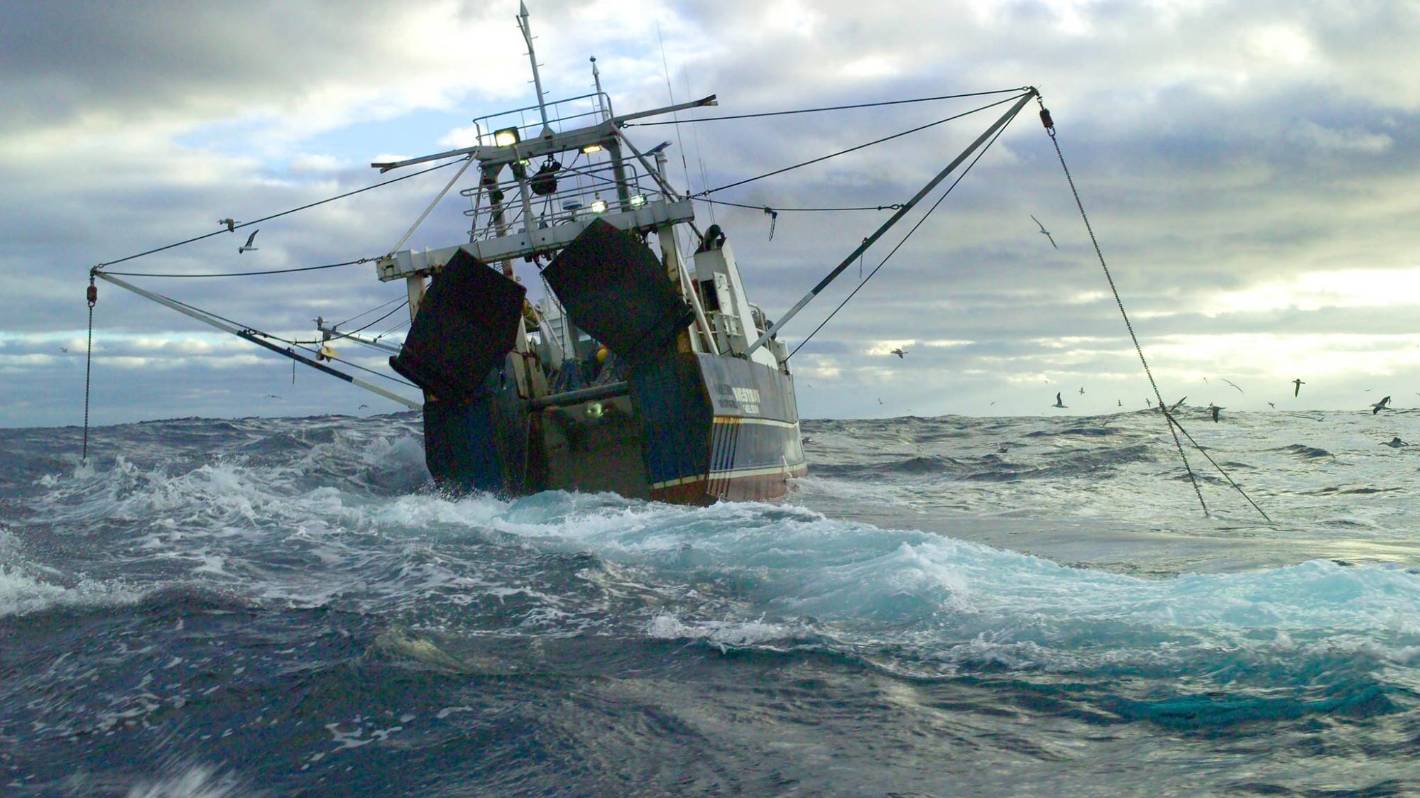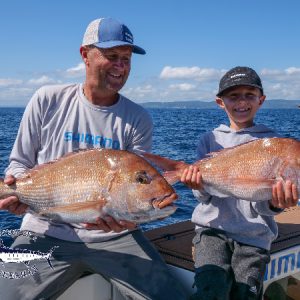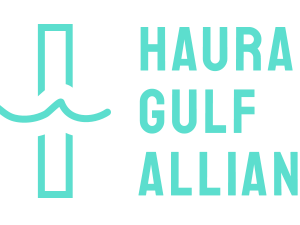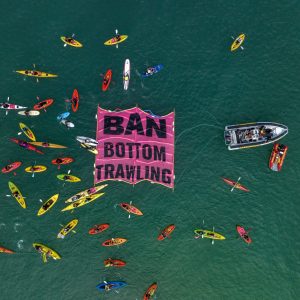“Trawling and dredging in the Hauraki Gulf is fine because it’s always been mud.”
– Some guy on Facebook.
It’s a comment we’ve heard often as a method of deflection from those who – you guessed it – trawl.
The Hauraki Gulf was once a thriving, living ecosystem, home to vast beds of green-lipped mussels so extensive that they could filter the entire marine area in just 36 hours. These beds weren’t just abundant, they were vital to the health and clarity of the water, acting as a giant natural filtration system that supported everything around them.
By the end of the 1960s, over 500 square kilometres of mussels had been dredged out of the Gulf. That led to a total collapse in the population, with green-lipped mussels experiencing a 100 percent decline. They didn’t just get fished down – they were wiped out.
The aftermath of that destruction is what people see today, and some believe has always been (often those still dragging nets through the Gulf). But what they’re really looking at is a textbook example of shifting baselines, where each generation inherits a degraded ecosystem and accepts it as normal.
Trawling and dredging aren’t gentle activities. They are industrial fishing methods that act like bulldozers on the seafloor, crushing benthic habitats, killing non-target species, and disrupting the very foundation of marine life. Scientific studies have shown that trawling significantly reduces biodiversity and biomass, and in many cases, the affected ecosystems never fully recover. In fact, new research has found that bottom trawling releases approximately 370 million tonnes of carbon dioxide annually, disturbing the seabed and contributing to climate change at levels higher than the global aviation industry.
Continual dredging and trawling compound the problem, not only stripping the seabed of life but also increasing turbidity, stirring up pollutants, and suffocating what little might remain. The damage these methods cause goes far beyond what can be seen on the surface.
We’ve lost more than mussels. The Colville Channel was once known for its massive, abundant scallops, while pipis used to line the sandbanks across the Gulf. These were not only food sources, but taonga species, highly valued by Māori and later generations of New Zealanders. Today, they are all but gone, and the habitats that supported these taonga have been ground into lifeless mud.
The Hauraki Gulf didn’t start out as mud. We turned it into mud.
Further resources
A history of the Firth of Thames dredge fishery for mussels: use and abuse of a coastal resource. Removal of mussel beds from the Firth of Thames. Larry Paul, 2012.
Larry-Paul-2012-Dredge-history-Firth.pdf
Disturbance of marine benthic habitat by commercial fishing: impacts at the scale of the fishery. Hauraki Gulf, New Zealand. Simon Thrush, 1998.
Thrush 1998 – disturbance of the marine benthic..
Hauraki Gulf Marine Park habitat restoration potential. The potential for habitats to restore in time if the primary effect is removed and the historic distribution of biogenic habitats in the HGMP and their importance to the marine environment in the HGMP. Includes mussels, scallops, cockles etc. E.g.,
AEBR-Hauraki-Gulf-Marine-Park-Habitat-Restoration-Potential.pdf
- As an inherent property of ecosystems (and habitats), recoverability can vary widely for different ecosystem components. For instance, biogenic (living) habitats are regarded as much more vulnerable to fishing impacts (even from just one pass of a bulk harvesting method such as trawling or dredging) than ‘simpler’ seafloor habitat types such as sand-flats, with their recoverability being low and likely to occur over much longer time scales.
Impacts of seabed disturbance. Report of the effects of different seabed disturbance within the Waikato Coastal Marine Area. Includes bottom-contact mobile fishing. Overview of direct and indirect effects of trawling and dredging. 2023.
Waikato-Council-2023-impacts of seabed disturbance.pdf
The importance of ‘mud’ as a benthic ecosystem. Firth of Thames specific. 2005.
https://niwa.co.nz/sites/default/files/import/attachments/mud.pdf
Importance of marine soft sediments, i.e., mud in NZ. 2004.
https://niwa.co.nz/sites/default/files/import/attachments/sediment.pdf
Exploring the use of spatial decision support tools to identify trawl corridors in the HGMP. At the bottom of this report there are heat maps of habitat suitability for different biogenic habitats. They indicate what areas sponges, mussels etc could occur if trawling and dredging weren’t there. Fisheries New Zealand, 2023.
AEBR-Spatial-Decision-Support-Tools-For-Trawl-Corridors.pdf





